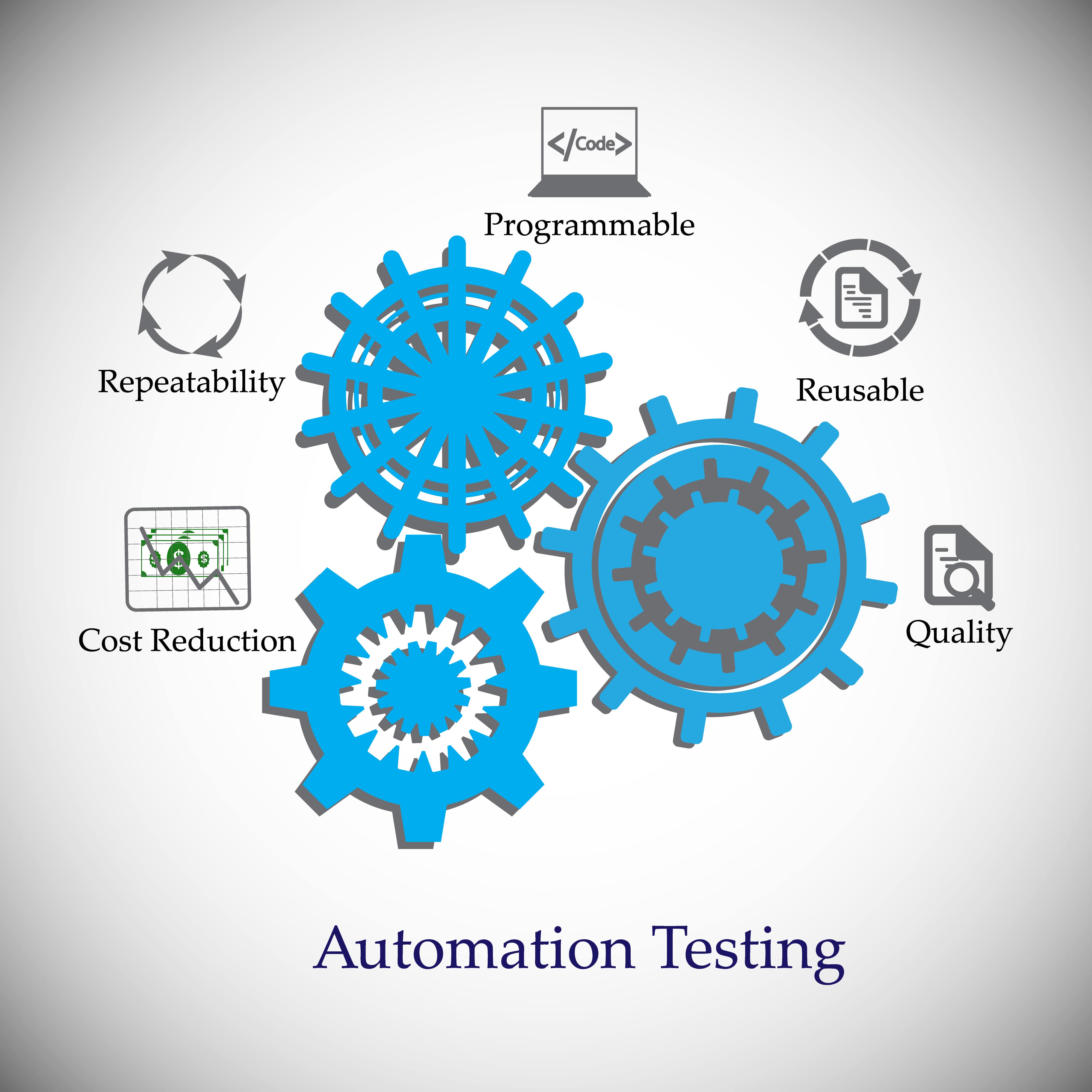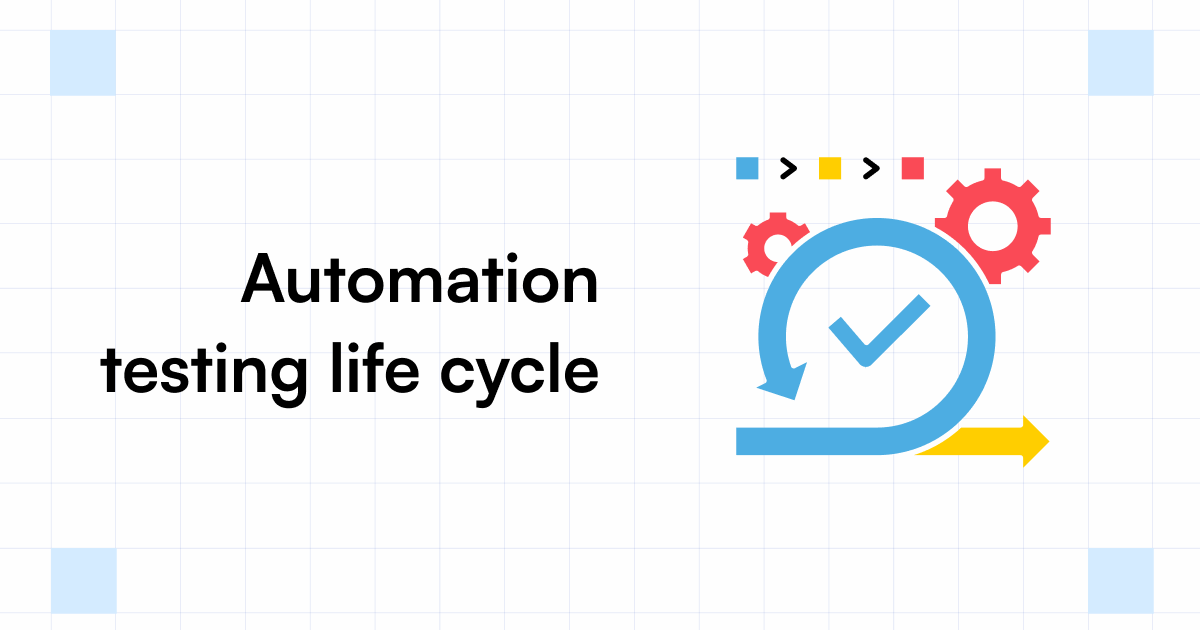Checking out the Future of Automation Testing in Software Application Development
Checking out the Future of Automation Testing in Software Application Development
Blog Article
From Handbook to Automated Testing: A Comprehensive Guide to Transitioning Efficiently and Efficiently
In the realm of software program testing, the shift from handbook to automated procedures has actually become an increasingly vital change for companies looking for to improve effectiveness and precision in their testing methods. As technology remains to development, the need for smooth and effective automated testing methods has actually never ever been much more pressing. The trip from handbook to automated testing is not without its difficulties, but when approached strategically and with a clear plan in mind, the benefits can be significant - automation testing. In this comprehensive overview, we will certainly explore vital actions and considerations vital for a successful shift, from the first selection of tools to the integration of automation right into existing process. Keep tuned to discover the understandings that will help lead the way for a smoother and much more effective screening process.
Benefits of Automated Testing
Automated testing offers many benefits, boosting performance and accuracy in software application development processes. One primary benefit is the considerable decrease in testing time. Automated tests can be run concurrently on multiple devices and operating systems, drastically speeding up the testing phase compared to hands-on screening. This raised efficiency permits faster responses on the high quality of the software program, allowing developers to recognize and resolve problems quickly.
Moreover, automated screening makes sure a higher degree of accuracy in spotting issues. Consistency in testing is additionally boosted, as automated examinations implement the same steps precisely each time they are run.
Picking the Right Tools

To start with, examine your demands and purposes. Recognize the extent of your job, the modern technologies included, and the capability of your team. This analysis will certainly assist you determine the capacities and features you need in your testing tools.
Secondly, take into consideration the compatibility of the devices with your existing systems and procedures. Seamless assimilation with your present software application development lifecycle is vital to guarantee a smooth shift to automation.
In addition, review the scalability and adaptability of the tools. As your screening needs progress, the tools ought to be able to adjust and accommodate modifications successfully.
Last but not least, consider the assistance and neighborhood around the tools. Robust support and an energetic customer neighborhood can supply beneficial sources and aid when implementing automated testing. By thoroughly thinking about these elements, you can select the right devices that straighten with your needs and established the phase for a successful transition to automated testing.
Creating Effective Test Manuscripts

When crafting test scripts, it is necessary to think about the certain requirements of the software being examined and guarantee that the scripts address all critical performances. Detailed and clear calling conventions for examination manuscripts and test instances can enhance readability and maintainability. In addition, integrating error handling devices within the examination scripts can aid in recognizing and attending to problems immediately.
Furthermore, organizing test manuscripts into modular elements can improve reusability and scalability, lowering redundancy and enhancing performance in examination script maintenance. Routine reviews and updates to check manuscripts are important to keep rate with evolving software needs and capabilities. By adhering to these principles, testers can produce robust and effective test manuscripts that contribute significantly to the success of automated screening processes.
Integrating Automation Into Workflows
Effective combination of automation tools into existing operations enhances processes and boosts performance within software growth cycles. When incorporating automation right into process, it is critical to identify repetitive tasks that can be automated to save time and minimize human error. By seamlessly integrating automated testing devices like Selenium or Appium into the software growth lifecycle, groups can achieve faster responses on code modifications, causing quicker bug discovery and resolution. This combination enables continuous screening throughout the advancement process, guaranteeing that any issues are recognized early on, causing higher software application high quality. In addition, automation can be utilized to trigger tests immediately after each code dedicate, providing prompt recognition and maximizing testers to focus on more complicated scenarios. Correct integration of automation tools requires partnership between advancement, screening, and procedures teams to develop a unified process that maximizes efficiency and efficiency in delivering top quality software.
Making Certain a Smooth Change
Efficiently transitioning to automated screening involves careful planning and mindful execution to make the most of and reduce disruptions performance in the software advancement process - automation testing. To make sure a smooth change, it is important to begin by performing an extensive evaluation of the present testing procedures and determining locations where automation can bring one of the most significant benefits. Involving with all stakeholders early on in the procedure, consisting of programmers, testers, and job supervisors, is important for garnering support and buy-in for the automation initiative
Communication is key during this shift stage. Clear communication of the objectives, benefits, and assumptions of automated testing aids to take care of any type of resistance or issues that might develop. Furthermore, giving ample training and resources for staff member to upskill in automation devices and strategies is vital for guaranteeing a successful transition.

Verdict
In conclusion, transitioning from handbook to automated screening provides many advantages, consisting of enhanced efficiency and dependability. By selecting the ideal devices, creating reliable test scripts, and integrating automation effortlessly right into workflows, companies additional reading can make sure a successful and smooth shift. It is vital to welcome automation as a useful asset in software application testing procedures to boost general high quality and efficiency.
In the world of software program testing, the shift from guidebook to automated processes has actually become a significantly vital change for organizations seeking to improve effectiveness and precision in their testing methods. Automated tests can be run concurrently on multiple tools and running systems, substantially speeding up the screening phase contrasted to hand-operated testing. Consistency in screening is also improved, as automated examinations execute the very same actions specifically each time they are run.To ensure the effective application of selected testing devices, the creation of effective test scripts plays a vital role in validating the functionality and performance of automated processes - automation testing. By adhering to these principles, testers can create reliable and robust test manuscripts that add considerably to the success of see this automated testing processes
Report this page